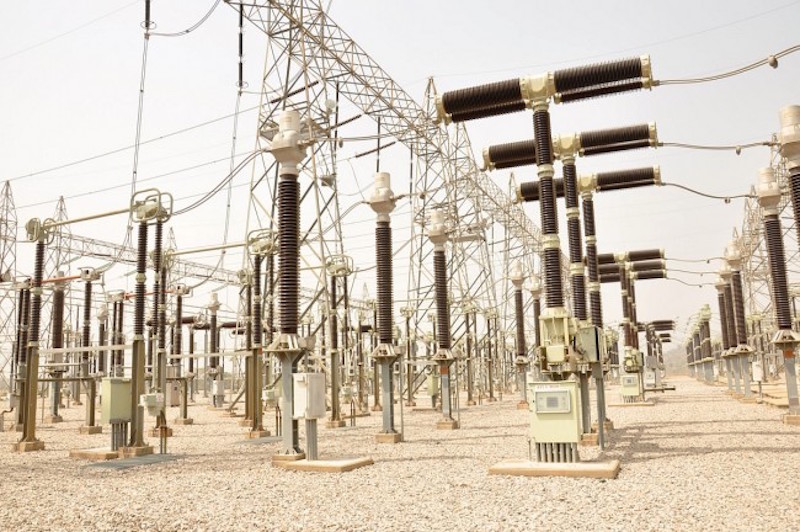
The Transmission Company of Nigeria (TCN) on Friday said a total system collapse of the national electricity grid was recorded at 8:03pm on Thursday.
In a statement, the company said this resulted in temporary loss of electricity generation for the nation’s power grid.
TCN management said reports obtained from power stations and the sequence of events generated by the supervisory control and data acquisition (SCADA) had revealed the cause of the collapse.
It said the SCADA system report indicated that the system collapse was triggered by the tripping of Egbin power plants units ST4, ST6 and ST5.
It, however, said that restoration of grid system had also commenced at 8:22pm on Thursday.
According to the statement, a post-mortem analysis of the issue indicated that grid generation was curtailed to about 4,262.7 megawatts (MW) before the disturbance.
It explained that the capacity under-utilisation and the operational capability required to maintain grid stability, which had waned, made the grid system vulnerable.
The statement said the vulnerability and disturbance of the system resulted in severe system frequency dip that culminated in the system collapse.
It revealed that the analysis conducted clearly showed that there was an insufficient level of rotating reserve provided by grid-connected generation companies, arising from low tariffs for providing ancillary services.
The statement added that TCN had filed an application to the Nigerian Electricity Regulatory Commission (NERC) for an extraordinary tariff review to avert further occurrence of such incident.
It said the proposal for a tariff review would ensure that Generation Companies (GENCOS) were given the necessary incentives to provide sufficient spinning reserves and other ancillary services critical for managing the national grid.
“TCN hereby solicits for the understanding of all Nigerians as it continues with efforts to provide the electricity industry with a world class national grid,” it read.
“It will strive to ensure that the stride attained recently in frequency control is sustained in line with world industry standards and codes.”
END

Be the first to comment